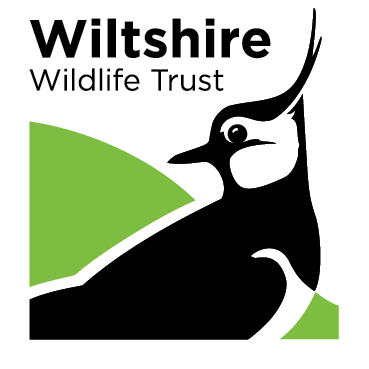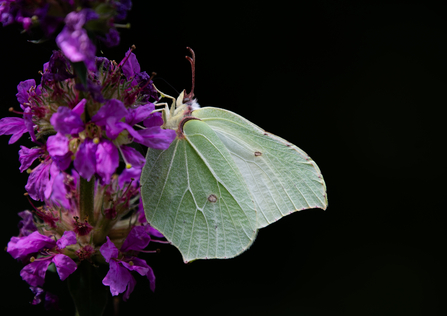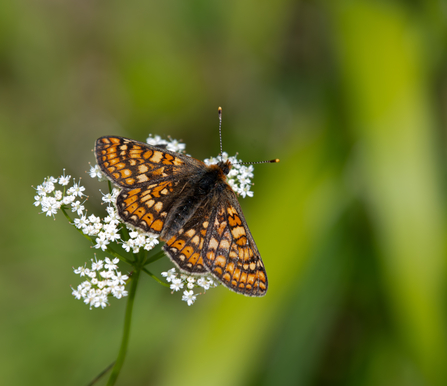I began my wildlife photography journey in early 2018. I possessed a simple Fujifilm bridge camera, which did not have the most intricate settings or capabilities, but for what it was worth, it took some brilliant pictures and was key in developing my passion for capturing the wildlife on my doorstep. The back garden became my “workspace,” and I would be out there every day, taking pictures of everything, I could - from the house sparrows to dandelions.
As time went on, I built upon what I already knew and kept on improving, heading further afield to local nature reserves and other green spaces to see what I could capture. As my skills developed, so did my equipment. Birthday money was saved to buy my first DSLR and lenses; this then evolved into the mirrorless Canon EOS R7 that I own today.
Choosing the right equipment for you
This brings us to the first talking point of this blog: equipment. As a disclaimer, I am by no means a professional and I treat every day with my camera as a learning experience - figuring out what settings work in which environments, whether that’s photographing fast-moving White Admirals on hot summer days with blue skies, or squinting through the fog at Wigeon gliding across the lake. As a result, I would be the least qualified to provide an accurate description of what camera equipment works best, as it depends on the person, budget, and the objectives you have set out for yourself. However, I will provide a list of the equipment I use, their purposes and why I have them.
The number one piece of equipment is, of course, my mirrorless Canon EOS R7. It is lightweight, with brilliant autofocusing capabilities that help capture sharper images of species that are always on the move, e.g. birds and butterflies. Its sensor performs well in different weather conditions, whether you are facing harsh sunlight or cloudy afternoons. The EOS R7 also has a super quick shutter speed, which is great for photographing those aforementioned speedy species - I have found this extremely beneficial when trying to film buzzards in local fields.




